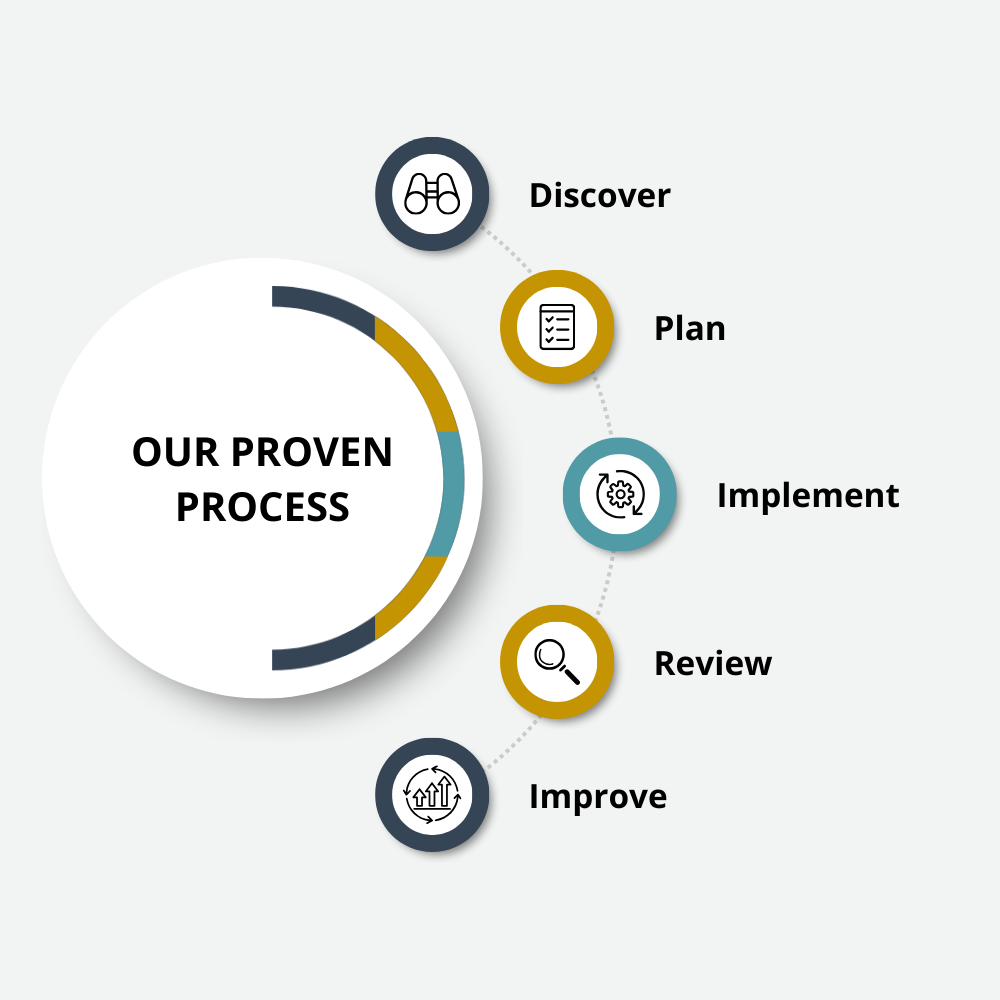“Most people don’t plan to fail; they fail to plan.” —John L. Beckley
Throughout the course of our lives, we all face decisions with the potential to either greatly improve our finances or to sabotage them. One of the best ways to increase the chance of successfully meeting our most important financial goals is to have in place a solid, evidence-based financial plan and long-term strategy. Physicians, especially, understand the importance of basing decisions on sound research, solid data, and proven facts, rather than emotion or the whim of the moment. In this two-part essay, we’ll examine four of the most prevalent financial pitfalls physicians encounter and what you can do to avoid them:
- Lifestyle Inflation
- Buying financial products instead of securing professional advice
- Mismatched asset allocation
- Not having a written investment policy.
In this article, we’ll discuss Pitfalls 1 and 2.
1. Lifestyle Inflation
Let’s start by clearing the air: taking a nice vacation once in a while isn’t going to ruin your financial plan; neither will buying a nice car for reliable transportation or spending money on items that improve your quality of life. But falling into the habit of making these purchases routinely and without thought of your overall financial goals will most certainly ruin your financial plan.
Lifestyle inflation is just like the inflation we read about in the financial news; it happens gradually. But, like a frog placed in a pot of room-temperature water, you can get too comfortable with your inflated lifestyle expectations until, before you realize it, the temperature has risen to a dangerous level and you’re cooked. Don’t be like the frog. Instead, recognize that habitual, unconsidered spending—especially when you’re spending from a physician’s salary—can torpedo your financial success.
Sure, you’ve worked hard and you want to reap the benefits of your labor. To become a physician, you had to give up 10+ years of your life and defer your earning potential. You watched your non-physician friends get jobs; start families; buy cars, houses, and boats; take lavish vacations, and all the rest. Meanwhile, you were worrying about how to pass the next round of boards or make your next student loan payment.
But the sacrifice was worth it. Your income may have jumped from $5,000 per month as a resident to $50,000 per month as an attending. You are likely making more money per month than some of your friends and family make in a year. But remember: spending money to impress others or without consideration of your long-term financial best interests is what you need to worry about.
So, what should you do about it?
First, you need to realize that, because you have given up many years of your life and earning potential to get where you are, you have some catching up to do. For residents who are transitioning to becoming an attending, a good rule of thumb is to budget as though you are still living on your resident’s salary for at least the first two years. This will give you a jump start on paying back your student loans, help you start building an emergency fund, and encourage you to program yourself to put money away in savings before you add larger obligations—such as a mortgage or a second car payment—to the mix.
For physicians who are already attendings, taking the scarcity approach is often the best option. Personal finance is as much psychological as it is technical, and giving yourself a leg up can help you form good habits that will last for the rest of your career. One of the best habits to form is the habit of paying yourself first: building your “rainy day” account, maxing out work retirement plans, funding backdoor Roth IRAs (if eligible), setting up 529 education accounts for your children, and other wealth-building priorities. In other words, before jumping into your monthly discretionary spending, ensure that you are saving enough for your most important goals. Pay yourself first. It’s one habit you’ll never need to break.
2. Buying financial products, not securing professional advice
In medicine, prescriptions can produce a positive patient outcome, but they can also include side effects. Financial planning is no different. There is no single “magic pill,” no individual insurance or investment product that will unlock the keys to financial freedom. Instead, each decision should be evaluated based on its cause and effect, as well as its overall “fit” within your larger strategy.
For example, a Roth IRA may make sense for someone looking to maximize their long-term growth potential, but it may not be the best vehicle if short-term liquidity is needed. Investing in illiquid alternatives may offer diversification from traditional asset classes, but if you already are heavily invested in other illiquid holdings like real estate, such investments may not be in your best interest. In other words, every investment comes with pros and cons—benefits and side effects. You need a financial guide who can help you understand this.
As you select a financial professional, make sure that they are going to walk you through the implications of each financial decision you make. If their answer to every question is a product they want you to buy, be wary.
Remember that the financial planning process is just that: a process. A good financial planner should be able to help you with all aspects of your financial life, from determining if you are on the correct student loan repayment plan to ensuring you have an adequate savings rate to meet your long-term goals.
In Part 2, we’ll discuss the disadvantages of not matching your asset mix to your lifestyle (Pitfall #3) and the problems with not having a written investment policy (Pitfall #4).




















